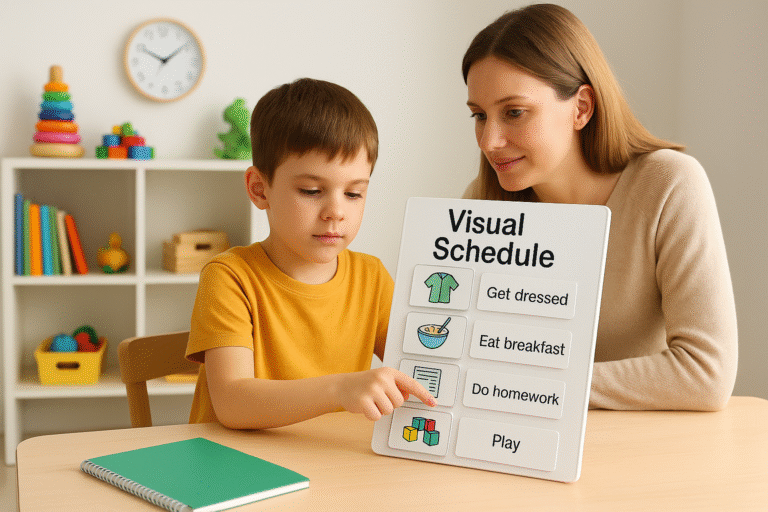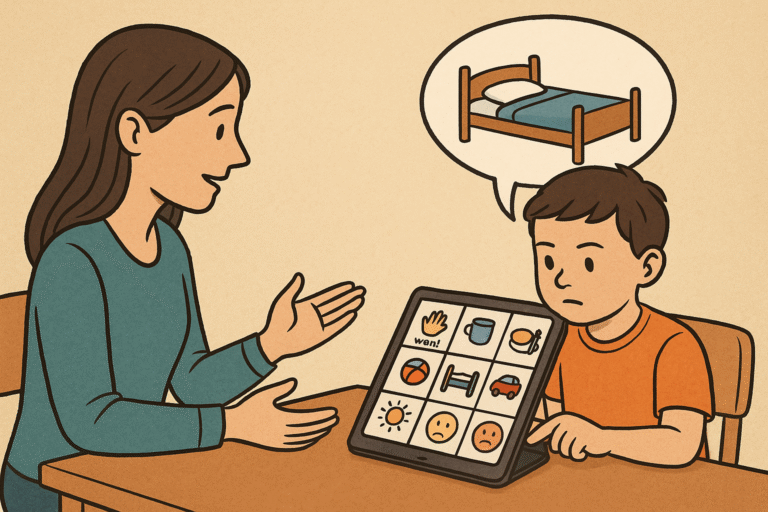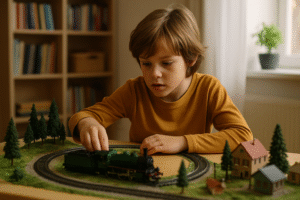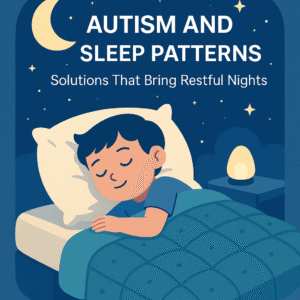Building an autism-friendly home begins with understanding the unique sensory needs of individuals on the autism spectrum.
A well-designed environment can make all the difference in reducing anxiety, encouraging independence, and creating a sense of safety. From lighting and soundproofing to textures and routines, a sensory-safe space nurtures well-being and helps autistic individuals thrive at home.
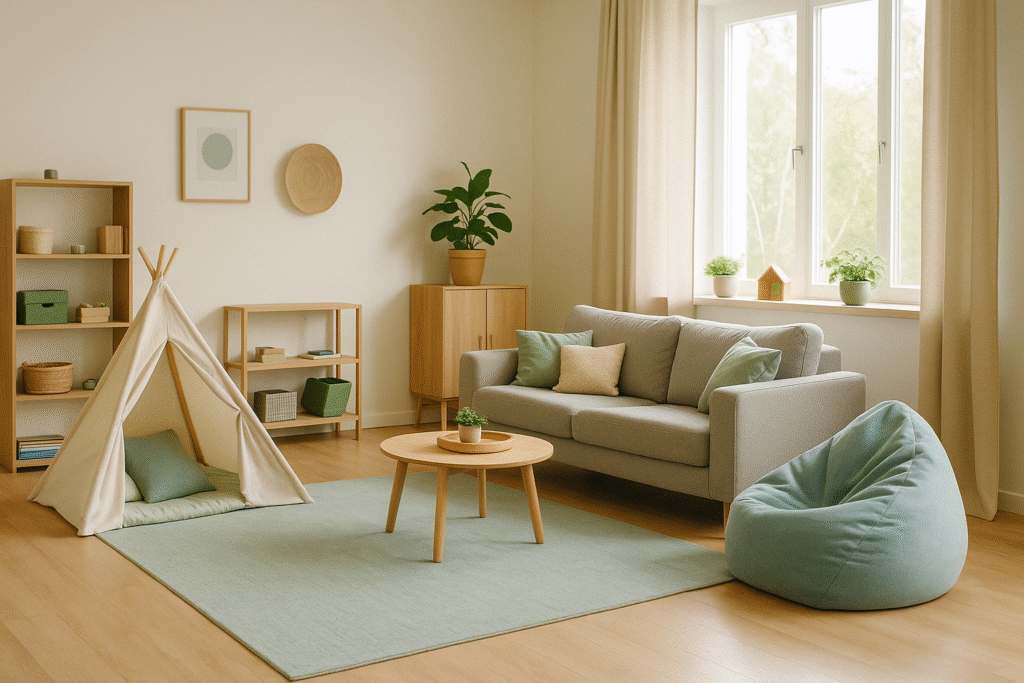
Whether you are a parent, caregiver, or adult on the spectrum, this guide offers practical strategies for transforming your home into a calm, supportive, and functional sanctuary.
Why Building an Autism-Friendly Home Matters
Autistic individuals often experience sensory processing differences, meaning they may be hypersensitive or hyposensitive to stimuli like light, noise, touch, smell, and even temperature.
What feels like background noise to one person may be overwhelming for someone with autism. An autism-friendly environment aims to minimize overstimulation while promoting independence.
According to Autism Speaks (DoFollow), sensory-friendly environments support emotional regulation and daily functioning, reducing the risk of meltdowns and shutdowns. Creating a space tailored to these needs is one of the most powerful forms of support you can offer.
Start with a Sensory Assessment
Before making changes, observe and record which sensory factors affect comfort levels. Ask yourself or your child:
- What sounds trigger stress or calm?
- Are there textures that irritate or soothe?
- Is the lighting too harsh or too dim?
- What smells are overwhelming or enjoyable?
This sensory profile will help guide decisions as you begin building an autism-friendly home tailored to your loved one’s needs.
Elements of a Sensory-Safe Space
1. Lighting That Soothes, Not Stings
Bright, flickering, or fluorescent lights can cause significant distress. Instead:
- Use warm, natural lighting where possible
- Add dimmable lights or smart bulbs to adjust intensity
- Avoid overhead fluorescents in favor of lamps with soft bulbs
- Install blackout curtains for sleep and relaxation
Some families also benefit from color-changing LED strips that allow control over the hue and tone in sensory rooms.
2. Reducing Noise for Calm
Unwanted or unpredictable noise can be overwhelming. Consider:
- Using white noise machines or calming soundtracks
- Installing acoustic panels or foam on walls to absorb echoes
- Adding thick rugs and curtains to soften noise
- Replacing loud appliances with quieter models
For children or adults especially sensitive to sound, offer noise-canceling headphones or earmuffs in common areas.
Explore more strategies in our article on Autism and Noise Sensitivity (Internal Link).
3. Textiles and Touch-Friendly Materials
Many autistic individuals have strong tactile preferences. Choose materials that feel pleasant and avoid those that irritate.
- Provide a variety of textures (e.g., fuzzy, silky, smooth) in blankets, pillows, and furniture
- Avoid tags and scratchy fabrics in bedding and clothing
- Include weighted blankets for deep pressure and calming
- Add a sensory bin or fidget corner with tactile-friendly toys or objects
4. Organized, Predictable Spaces
Autistic minds often crave structure. Creating a visually organized space with clear boundaries between activities reduces confusion and anxiety:
- Use open shelving with labels or bins to keep items visible and sorted
- Apply visual schedules on walls to establish routines
- Set up specific zones (e.g., reading area, art corner, quiet space)
Predictability can be more comforting than perfection. Consistent placement and layout matter more than aesthetics.
5. Dedicated Sensory Retreats
Create a quiet, calming “retreat space” in the home for when stimulation becomes overwhelming:
- Choose a low-traffic room or corner
- Decorate with neutral, soft colors
- Furnish with a beanbag, tent, or hammock
- Include sensory items like stress balls, soft lighting, and calming music
This “escape space” becomes a safe haven for recovery after sensory overload.
Making Shared Spaces Autism-Friendly
While a bedroom may serve as a personal sanctuary, shared living areas can also be adapted:
In the Kitchen:
- Use soft-close drawers to reduce sudden noises
- Avoid bright LED bulbs near eating spaces
- Allow space for eating alone if needed
In the Bathroom:
- Use temperature-controlled faucets to avoid scalding
- Offer unscented soaps and shampoos
- Consider a weighted shower curtain for a grounded feeling
In the Living Room:
- Provide low seating or beanbags
- Use dim light sources during evening hours
- Avoid chaotic décor—opt for clean, uncluttered arrangements
Technology Tips for an Autism-Friendly Home
Smart home tech can be a huge asset:
- Voice-controlled devices reduce the need for typing or reading
- Timers and alarms with gentle tones can assist with transitions
- Smart lights and thermostats provide control over environment settings
Technology should support—not replace—sensory needs. Choose solutions that empower without overwhelming.
Including Autistic Voices in Design
One of the most important steps in building an autism-friendly home is to involve the autistic individual in the design process. Ask:
- What makes you feel calm?
- Which spaces do you enjoy the most?
- What would you change about this room?
Inclusion fosters self-advocacy and ownership, making the environment more effective and more loved.
When to Seek Professional Help
If you’re unsure how to begin or want expert support, consult an occupational therapist experienced in sensory integration. They can:
- Conduct home assessments
- Recommend sensory tools
- Develop routines that work with the home setup
Local autism resource centers, such as Autism Canada (DoFollow), can also guide you to professionals who specialize in autism-friendly environments.
Final Thoughts on Building an Autism-Friendly Home
Building an autism-friendly home isn’t about creating a sterile space—it’s about crafting a living environment that respects, supports, and uplifts the sensory and emotional needs of autistic individuals.
With thoughtful design, calm lighting, soothing textures, and noise-conscious layouts, any home can become a sanctuary of safety and self-expression.
Whether you’re building from scratch or making small changes, remember: every sensory-friendly step counts.


